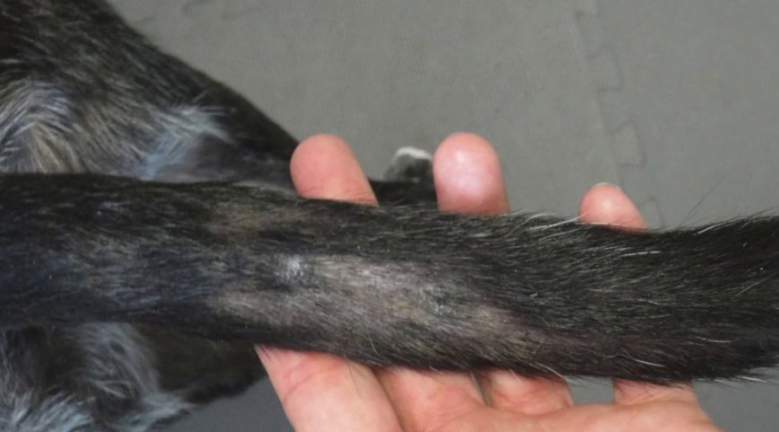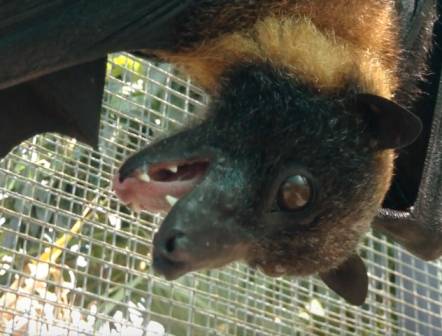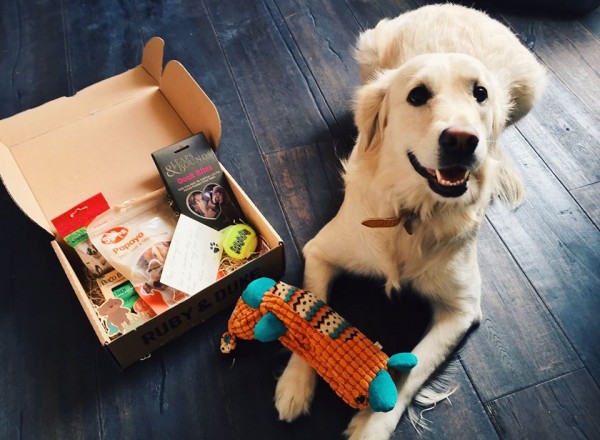As dogs age, they go through many different changes, just like their humans. Senior dogs may become less active, may sleep a bit more, and some may even develop a loss of appetite. These can all be normal changes.
Connect with a verified veterinarian in minutes. Licensed vets are available 24/7 to answer your questions. No need to worry about your furry family member.
However, when it comes to not eating, this is a symptom that needs close attention. If a dog isn’t eating, then there’s usually an underlying reason for this.
So, what’s going on when an older dog doesn’t eat? What should you do if your dog doesn’t want to eat?
What Does “Not Eating” Mean?
Pet parents use the phrase “not eating” to mean different things. For instance, they may mean their dog has become a finicky eater. Senior dogs can become fussier about their food.
On the other hand, “not eating” may mean that dog is not eating anything at all.
In other cases, it may just mean the dog isn’t eating the entire meal like he used to. In that case, the dog may also be losing weight.
So, if your dog falls into any of these categories, it’s time to call the vet. Your dog’s changes in eating habits may indicate there’s an underlying health issue causing the problem.
Why Dogs Won’t Eat
Dogs can lose their appetites for several reasons, just like us. The following reason for a dog not eating are some of the most common:
Dental problems: some dogs don’t want to eat when they have dental problems. The issues may include mouth pain, tooth decay, broken teeth, loss of teeth, an oral tumor, and more.
Recent shots: some vaccinations may cause a dog to lose their appetite; however, this is usually only a temporary symptom. A dog should be back to eating normally again within a few days after vaccination. If your dog hasn’t started eating after a few days, then it’s time to call the vet. Also, call the vet if your dog shows other symptoms after being vaccinated.
Travel: some dogs don’t really enjoy traveling too much. They may suffer from motion sickness (just like us!), become stressed and anxious in a new place, and more. This is usually temporary, however. If it lasts longer than a few days, then a trip to the vet is needed.
Medication side effects: may also cause loss of appetite in older dogs.
Stress & anxiety: anything that causes a dog major stress could lead to loss of appetite. Stress & anxiety can be caused by a change in the family’s home life. This could be a new baby added to the family, a pet parent heading off to work all day, and more. Dogs can also feel stressed and anxious after moving to a new home, a new pet added to the family, and more.
Finicky eating: some dogs are finicky eaters all their lives, while others may become pickier when they get older. This can be caused by any of the above issues, illness, and more.
Illness: lack of appetite is often (not always) a sign of possible illness in dogs. You may notice this symptom with others, such as weight loss and more. Senior dogs can experience dementia, kidney disease, liver problems, cancer, and other health issues.
Old age: as they age, dogs require fewer calories and may start eating less as a result. Humans also go through this when they become seniors. This is usually an indication the dog’s metabolism is slowing down. This can be a normal part of aging; however, your dog should still be checked. You want to make sure he’s in otherwise good health.
As you can see, there are a wide variety of reasons that could make your dog not want to eat. The takeaway is that if your dog’s not eating lasts for a long time and is accompanied by other symptoms, then it’s time to see the vet.
Your fur baby’s lack of appetite may be caused by an underlying health issue. This needs to be checked by the vet.
If your canine companion has been checked by the vet and is healthy, then there are some steps you can take to help your older dog eat more.

Review symptoms, medications & behavior to keep your pets healthy with a Vet Online in just minutes.
Ask a Vet Live NowHow to Get an Older Dog to Eat
Here are some steps you can take to help your senior dog eat more!
1). Make meals smell & taste better: as dogs age, it’s common for their senses to decline, including their sense of smell and taste. This can cause a dog to lose interest in his meals. Think about when you have a bad cold and can’t taste or smell your food. It’s similar for a dog as they lose their sense of smell and taste.
To help this problem, you can make your dog’s food more irresistible by adding something to his normal dog food. You could add:
- Gravy (low-fat, no onions or garlic, low salt)
- Professionally made dog food gravies
- Scrambled egg whites
- Canned or wet dog food
- Bone broth (again low-fat, no onions or garlic, and low salt)
2). Add canned pumpkin (not pumpkin pie filling) to your dog’s meals: (ask the vet about how much and how often you can feed this to your dog. Canned pumpkin contains a lot of fiber and can cause diarrhea if given in large amounts)
3). Heat up your dog’s food: to release more aroma and flavor.
4). Treat any underlying pain: the vet will provide the medication and the correct dosing information for your dog. Never use pain relievers meant for humans, as these are toxic to dogs.
These are several ways you may try to get your dog to eat. The best advice is to use only one method at a time. This way, you can see which method(s) your dog likes. When you see his preferences, then you can use these in a rotating schedule. For instance, if your dog likes three of these methods, then rotate these by using one a week. Some dogs may not like the rotation and prefer the same thing every day. That’s OK! Just do with your dog’s preferences and see if he will start eating.
And remember to always follow your vet’s dietary advice for your dog. They have the knowledge and experience when it comes to canine diets.
Working with your vet and your dog’s preferences will have your fur baby eating again in no time!
Connect with a verified veterinarian in minutes. Licensed vets are available 24/7 to answer your questions. No need to worry about your furry family member.

Kim
Kim is a talented author, who loves animals especially dogs. She engaged in writing books and articles relating to animals a decade ago. Kim resides in Chicago with her husband and son. The family is the proud owner of a dog and a parrot (Jack and Lily). Kim wanted more than these two pets, but her husband put his foot down... She often visits elementary schools to talk to the kids about what she learned about pets and how they could learn from them.
Review symptoms, medications & behavior to keep your pets healthy with a Vet Online in just minutes.
Ask a Vet Live Now



